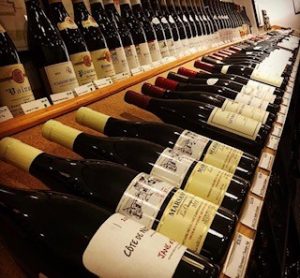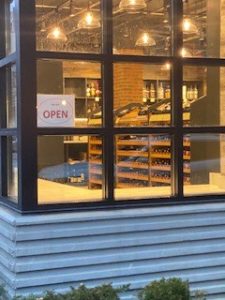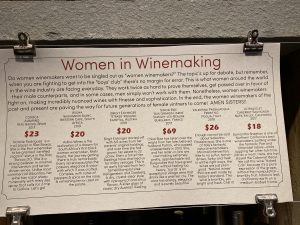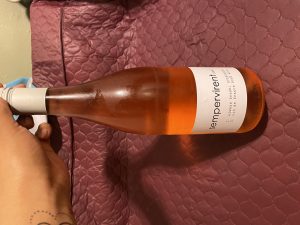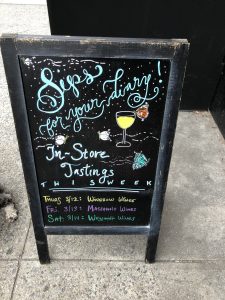Chamber Street Winery is one of New York’s most recognized wine dispensaries. Located in lower Manhattan’s Tribeca area, it’s a very small but popular non the less. The Chambers Street Winery is known for having a staff that is well informed on wines and its array of natural and small batch vintage wines. I am very familiar with the area, so I choose to visit this location. The venue is small but cozy and inviting.
Upon arrival, I was greeted at the store by a staff member named Eban whom was very nice and friendly. He asked me if I wanted to know about “New-World wines or Old-World wines” I wasn’t familiar with either, so I countered with “can you explain both to me?”. He simple answered “Old-World Wine is traditional wines that grow within parts of Europe and New- World is everything outside of Europe”. I then went to and asked him a few questions about the most popular selling French wine which he said was there were so many but if he had to guess it would be the Descombes Georges 2015 Regnie Vielles Vignes. I asked him “how much does a bottle of Regnie typically cost?” He replied, “the one we have is 2015 and it usually goes for $34.00.” I asked him “what meal would this wine be paired with?” He replied “Grilled red meat, like a steak or pork chops because of its deep and silky on the palate. We made some more small take and I preceded to feel the space out.
As I made my way through I felt like the spot was a tad bit on the clustered side being the space is so small, but the knowledgeable staff made up for the lack of space. The shelves were well organized and easy to decipher which region, year and grape variety of wine they had available. One thing that stood out to me about the location was how the workers knew some of their customers by name. I felt like that personable approach will keep people coming and keep them in business for a long time.
I also visited a newly open wine store that is conveniently located in the corner retail shop of a high rise building. The spot is brand new and located at 363 Bond Street. They sell different wines from all parts of the United States as well as Europe and hard liquor. The set up is contemporary and very millennial friendly. I briefly visited the location, the staff was friendly but they did not allow photos to be taken inside due to security reason which I understood.
One place I did not produced wine is Africa. It actually has been producing wines since the 1700’s (possibly before). Africa is mainly known for is port style and fortified wines. Capensis Chardonnay which is an ultra premium wine that is aged in french oak is popular in the continent.


